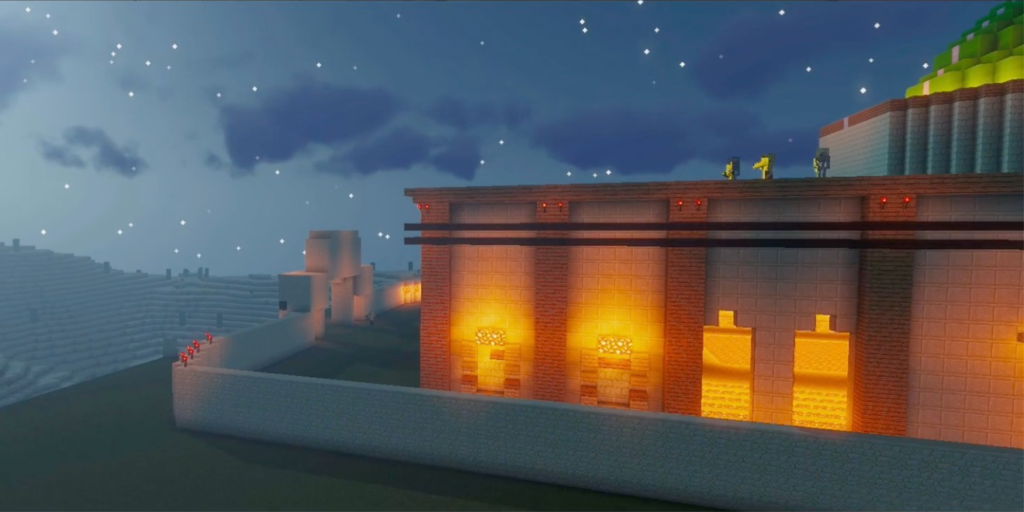The Buddhas of Bamyan were two monumental statues carved into the side of a cliff in Bamyan Valley, central Afghanistan, during the 6th century. Though constructed directly from the sandstone itself, sculptors fashioned some of the more intricate details out of mud, straw, and carefully coated stucco. At 115 and 174 feet tall, they both stood as towering tributes to Buddha.
In March 2001, the Taliban destroyed both statues, reducing centuries of history and ancient expression—both artistic and religious—to rubble. It was a blow that will reverberate throughout the generations that will never get to experience its glory firsthand.
Many war-affected countries harbor similar stories of loss while younger generations miss out on not only the majesty but also the chance to truly place the deep cultural significance of these pillars. That is why the History Blocks project was launched in February.Minecraft | History Blocks
Volume 90%
With the support of the United Nations agency UNESCO, History Blocks allows students to collaboratively rebuild monuments that were destroyed during conflicts in the Middle East. The interactive program takes place within Microsoft’s Minecraft Education Edition platform. With the help of their teachers—and subjects like math, history, and government—students can “restore” notable landmarks like the Buddhas of Bamyan or the Temple of Bel within the legendary Minecraft world.
Developed by agency Africa in São Paulo, History Blocks is available to schools in over 30 countries. The team behind the project’s development hopes to expand to other nations, which would continue to close the gap between today’s generation and these relics.
“Unfortunately, many monuments have been destroyed by wars and conflicts … monuments which are a part of and tell our history,” said Sergio Gordilho, Africa’s Co-president and CCO. “Since we are unable to rebuild these monuments in the real world, at least we could make it so in the digital world.”
Running such a program under a name as widely recognizable as Minecraft further exemplifies the versatility of a video gaming industry that continues to battle a negative, violent perception. Lending a platform to such a pedagogic effort provides another inextricable link between video games and education.
“Technology is a tool to transform education and bring to life methods that used to be unthinkable when it comes to teaching,” said Daniel Maia, manager for academic projects at Microsoft Brazil. “The project on the UNESCO’s world heritage sites opens the door for students all over the world to study important monuments of our history.”
